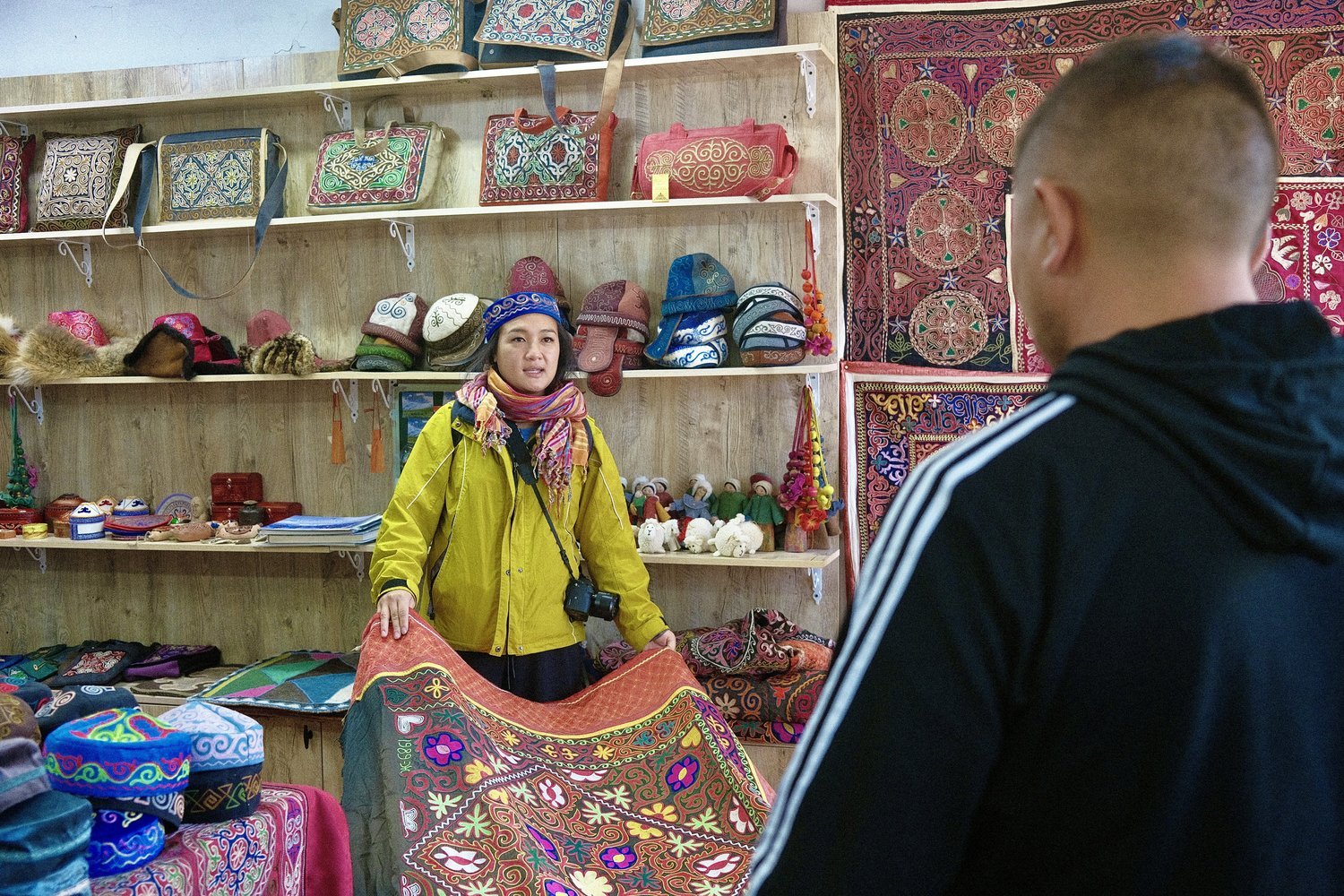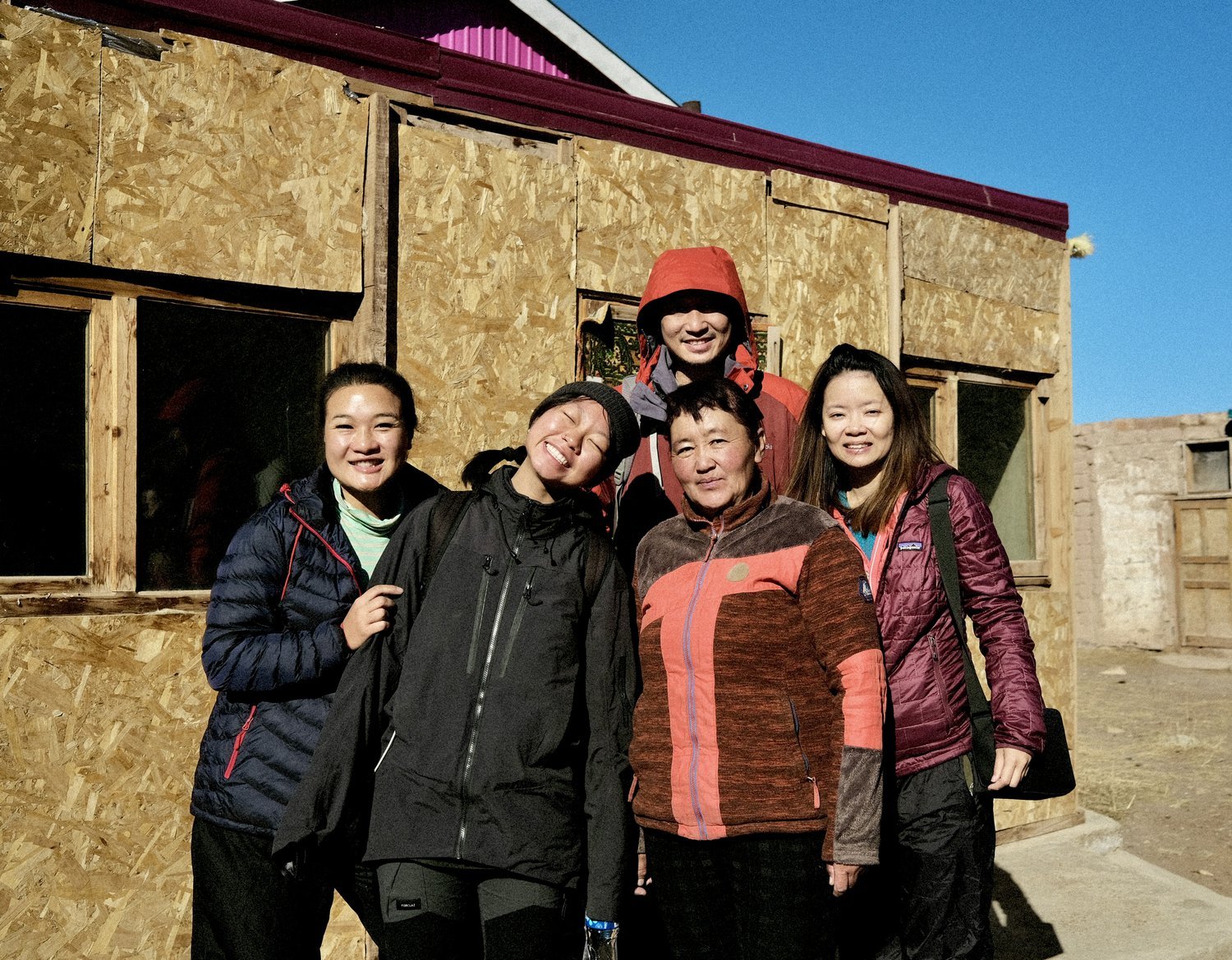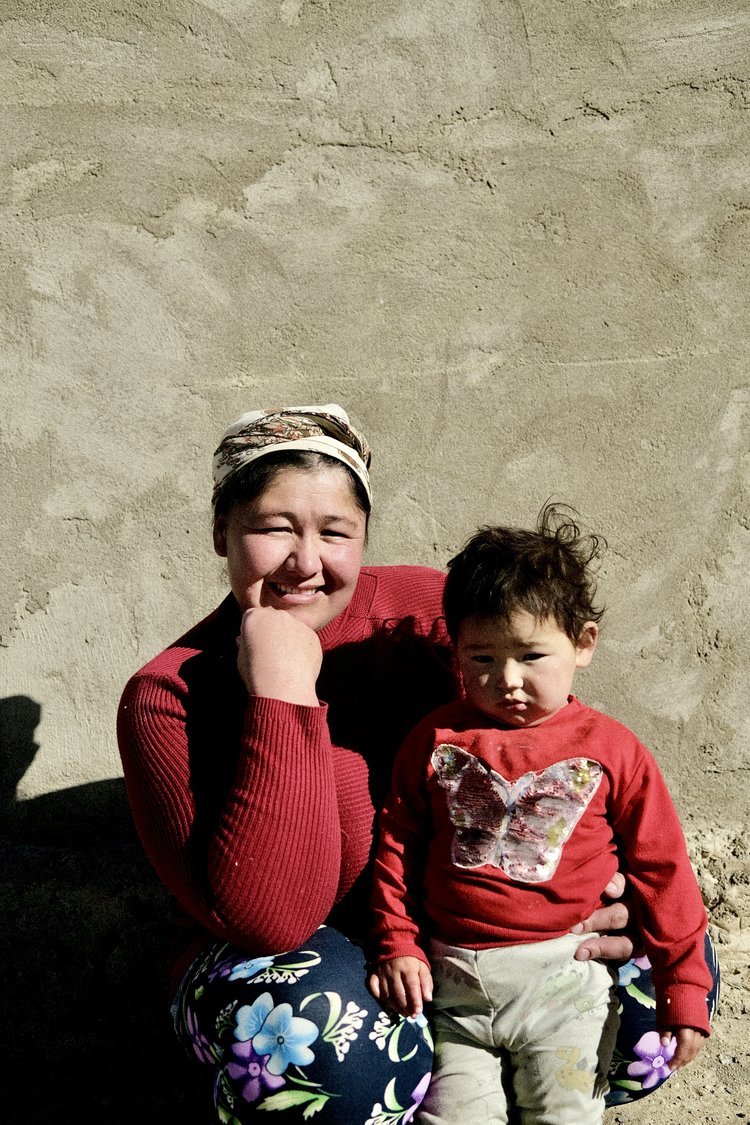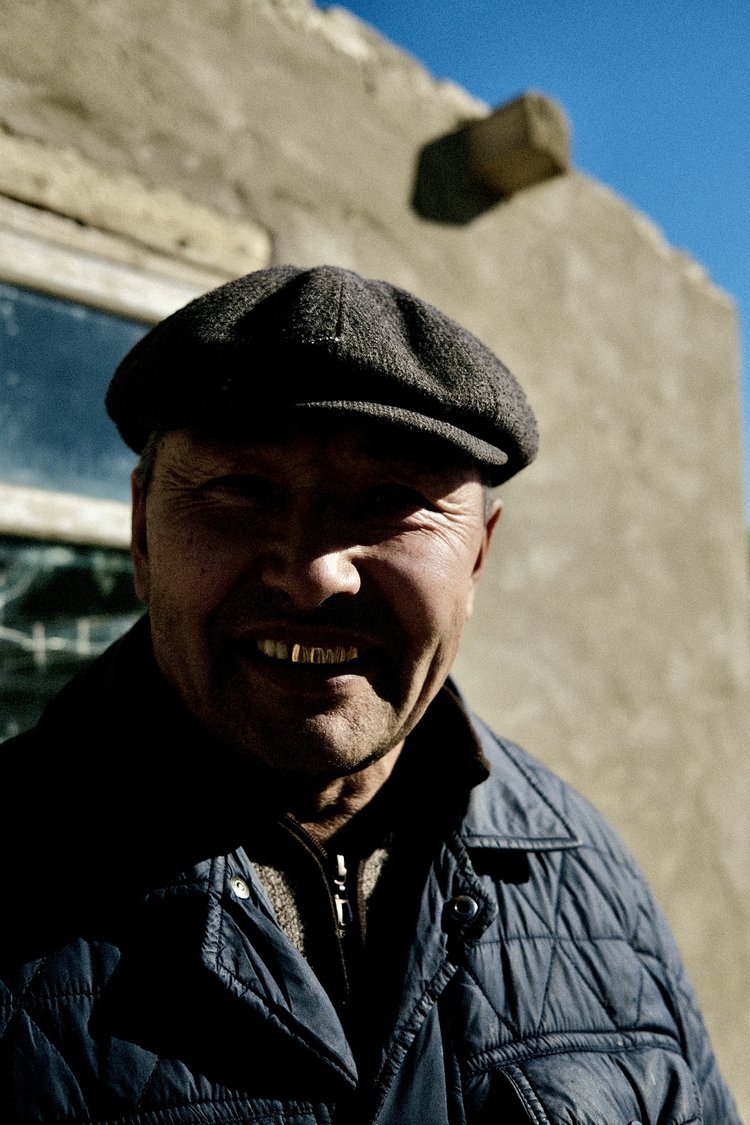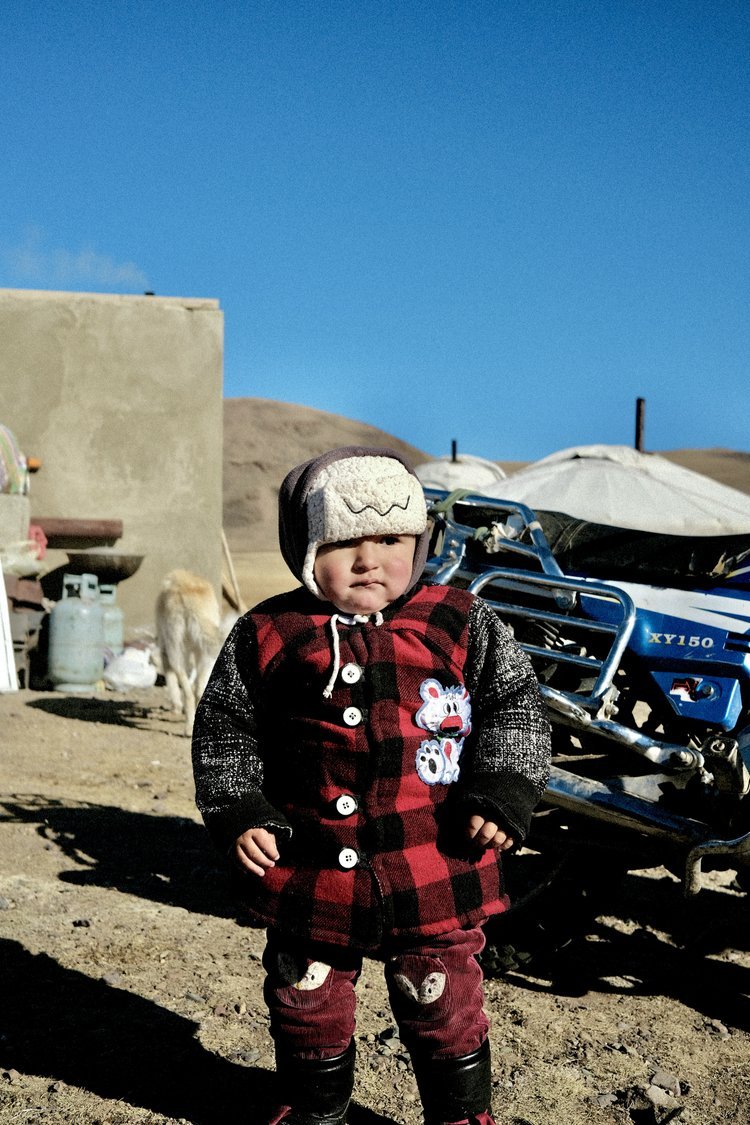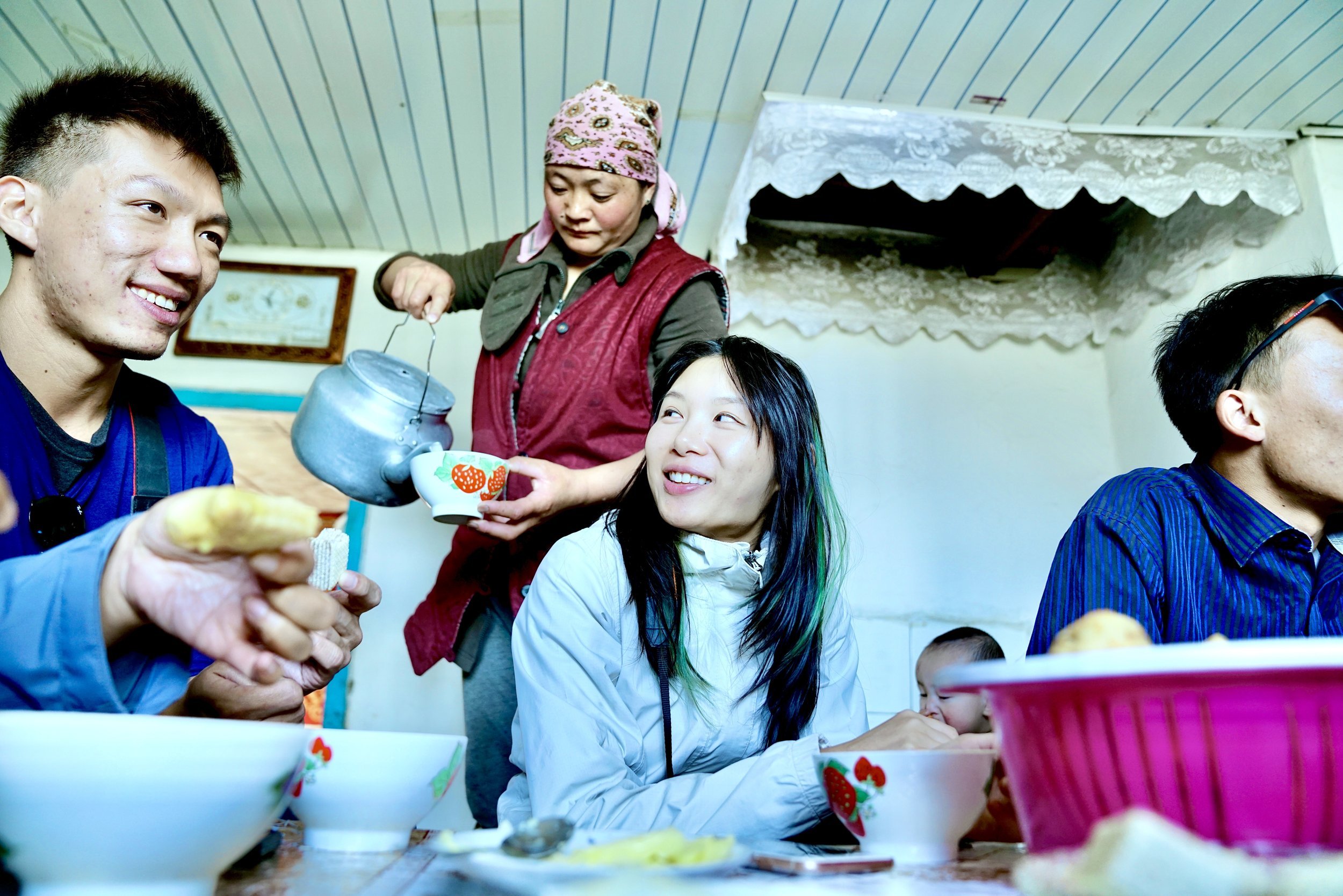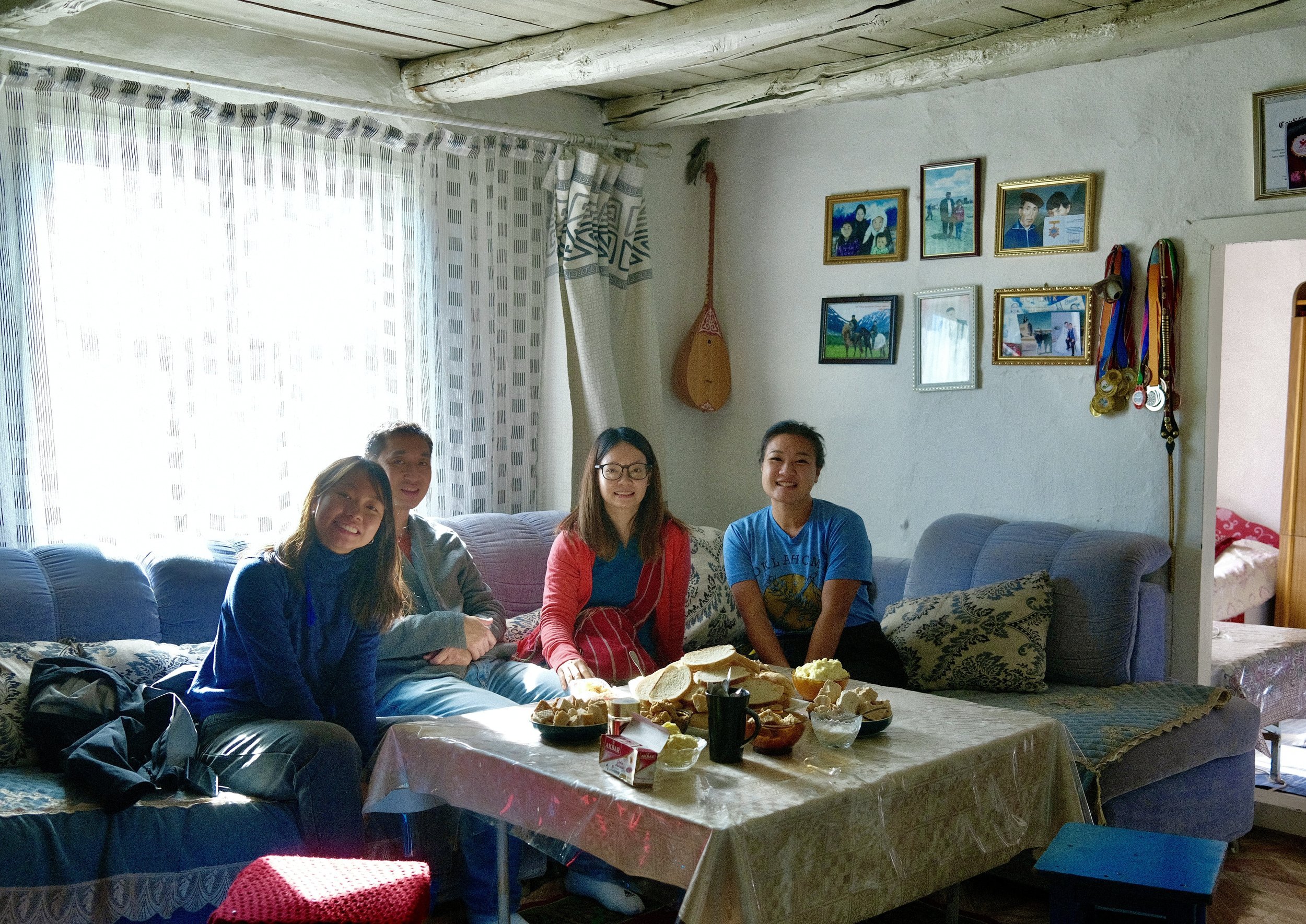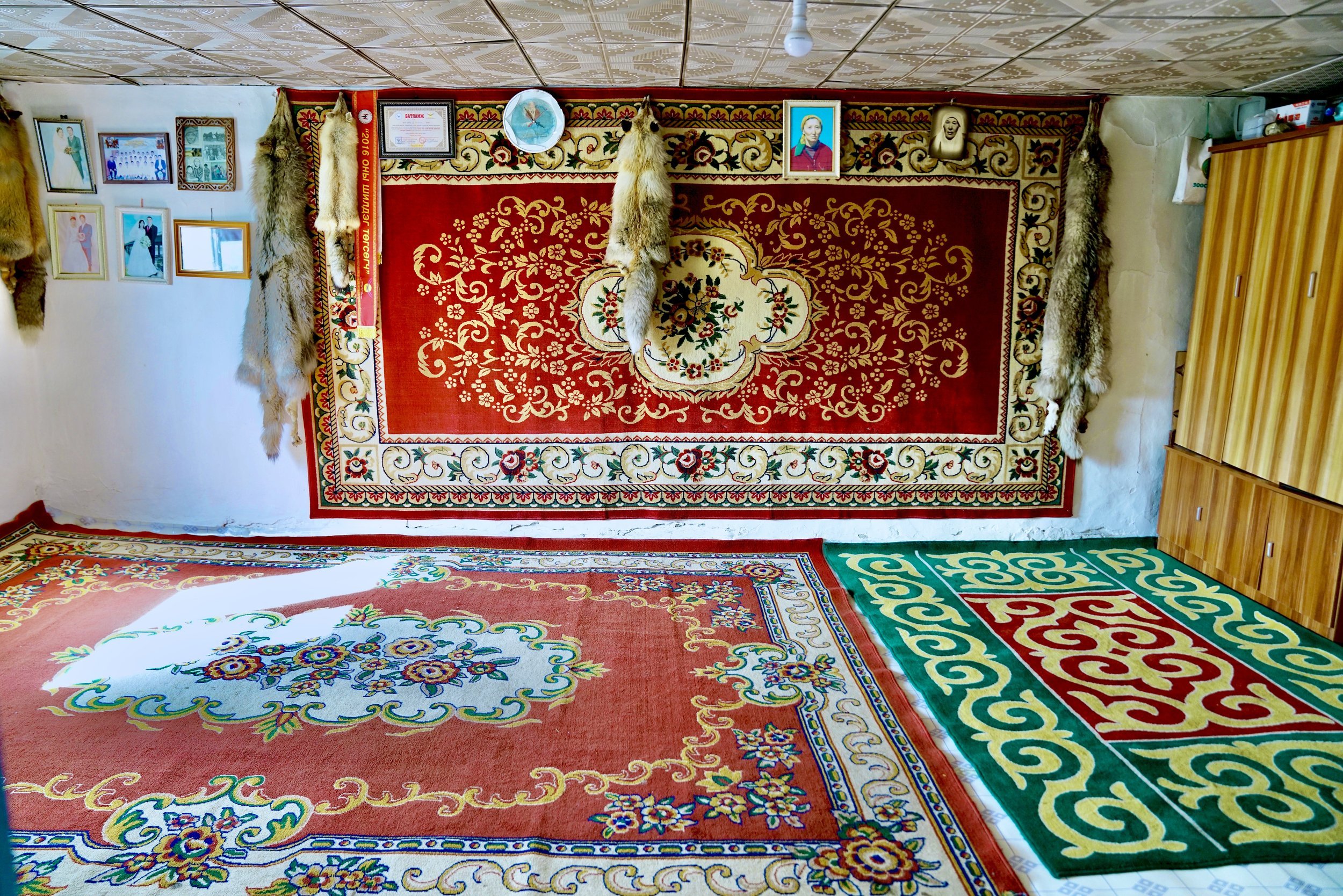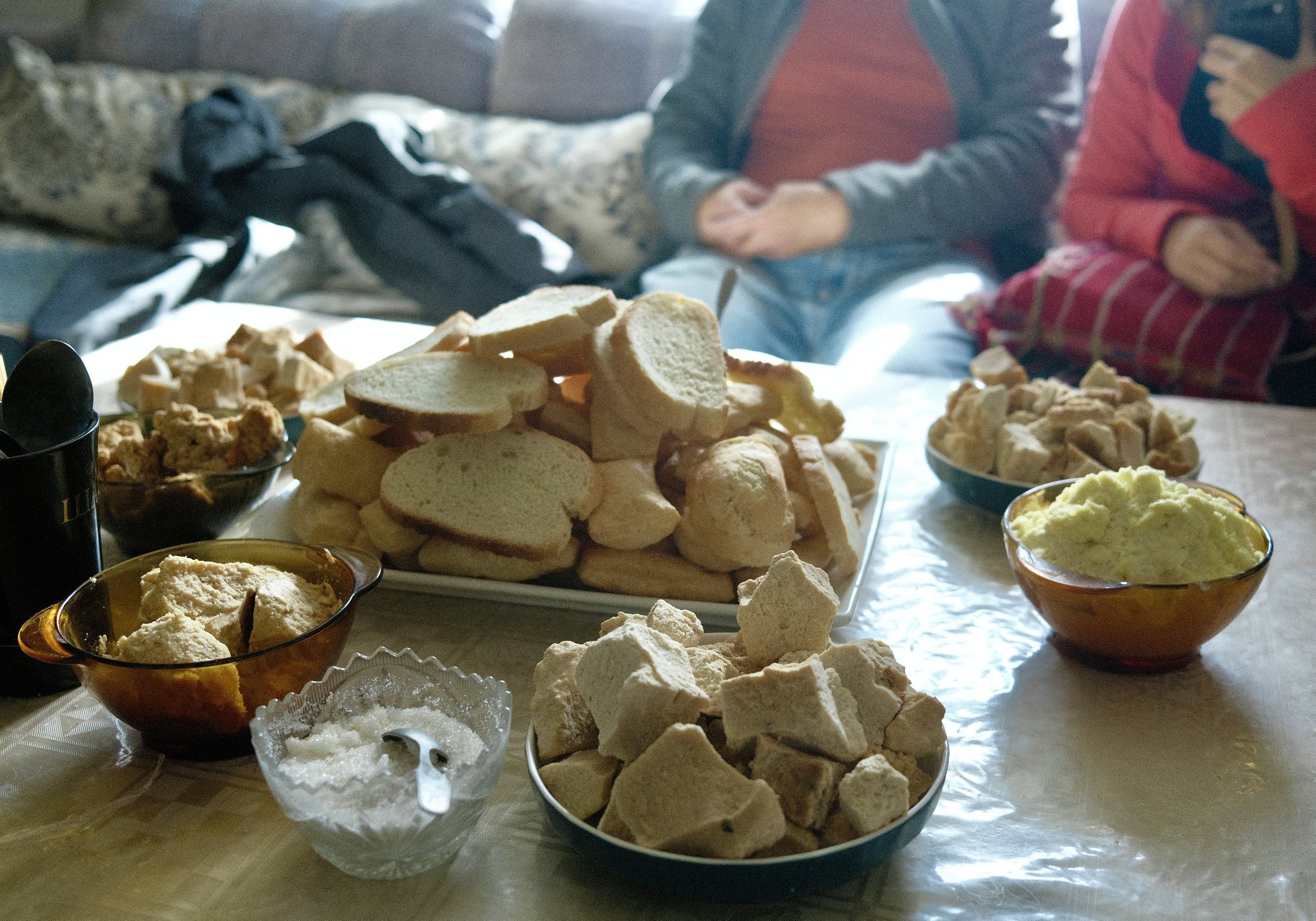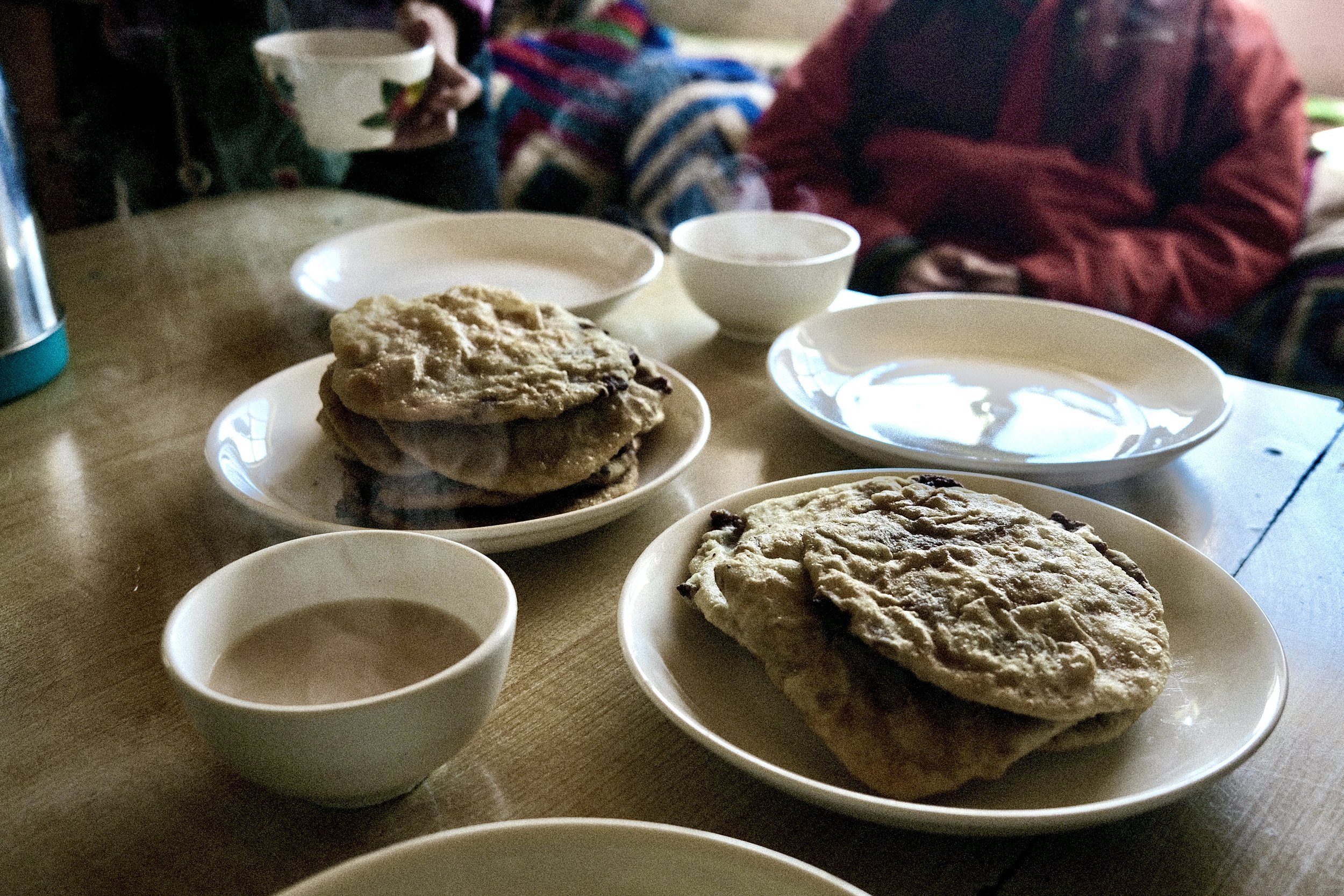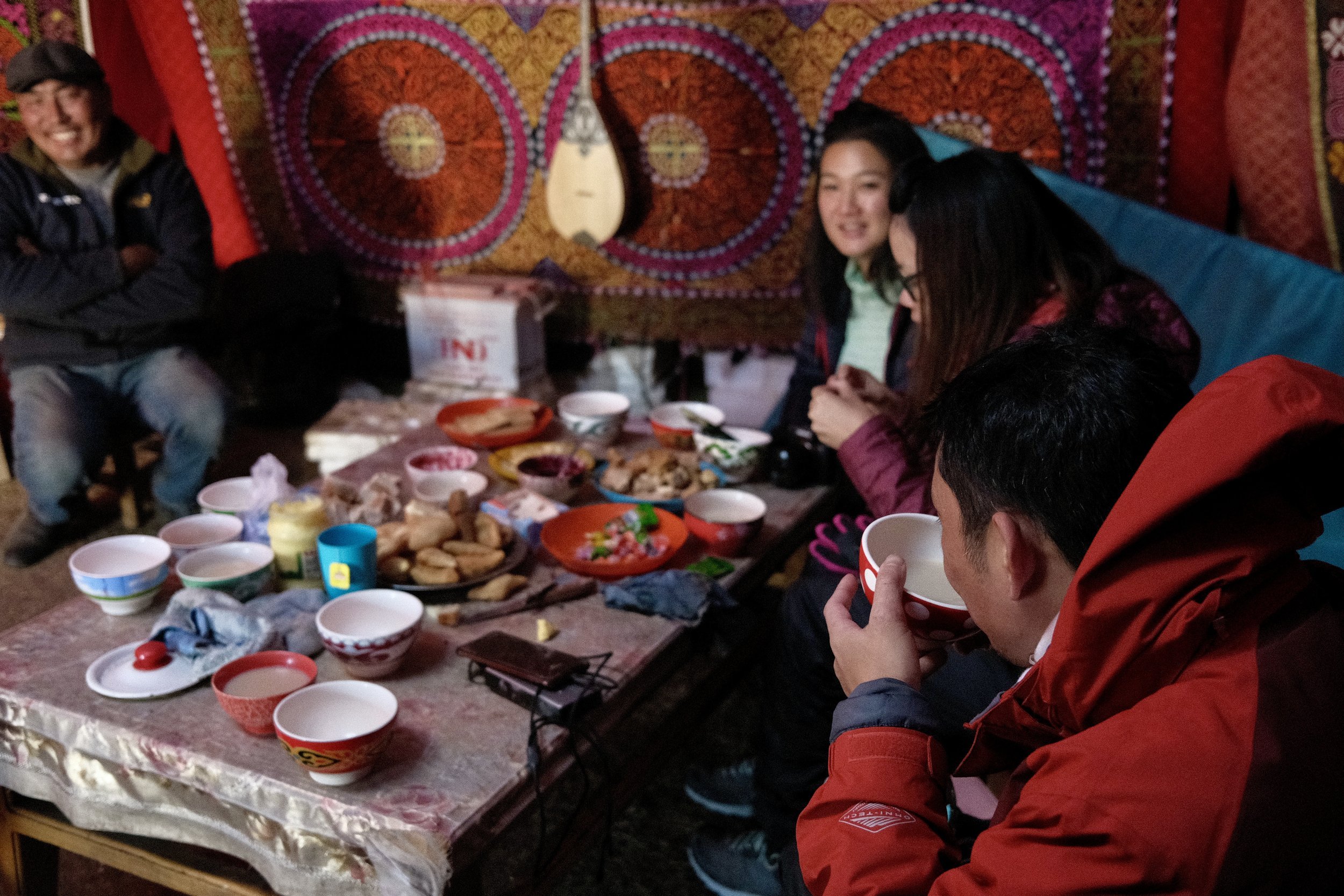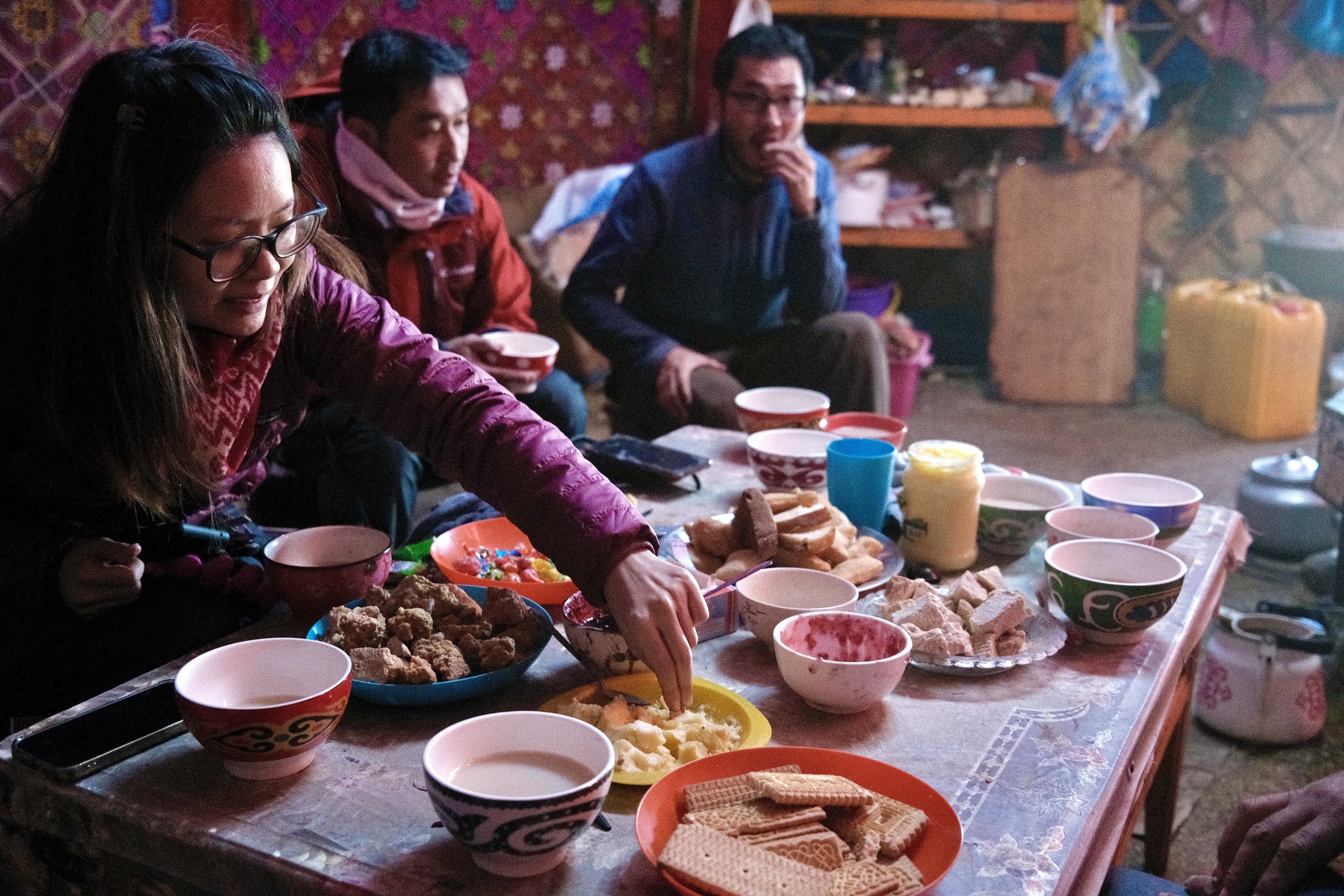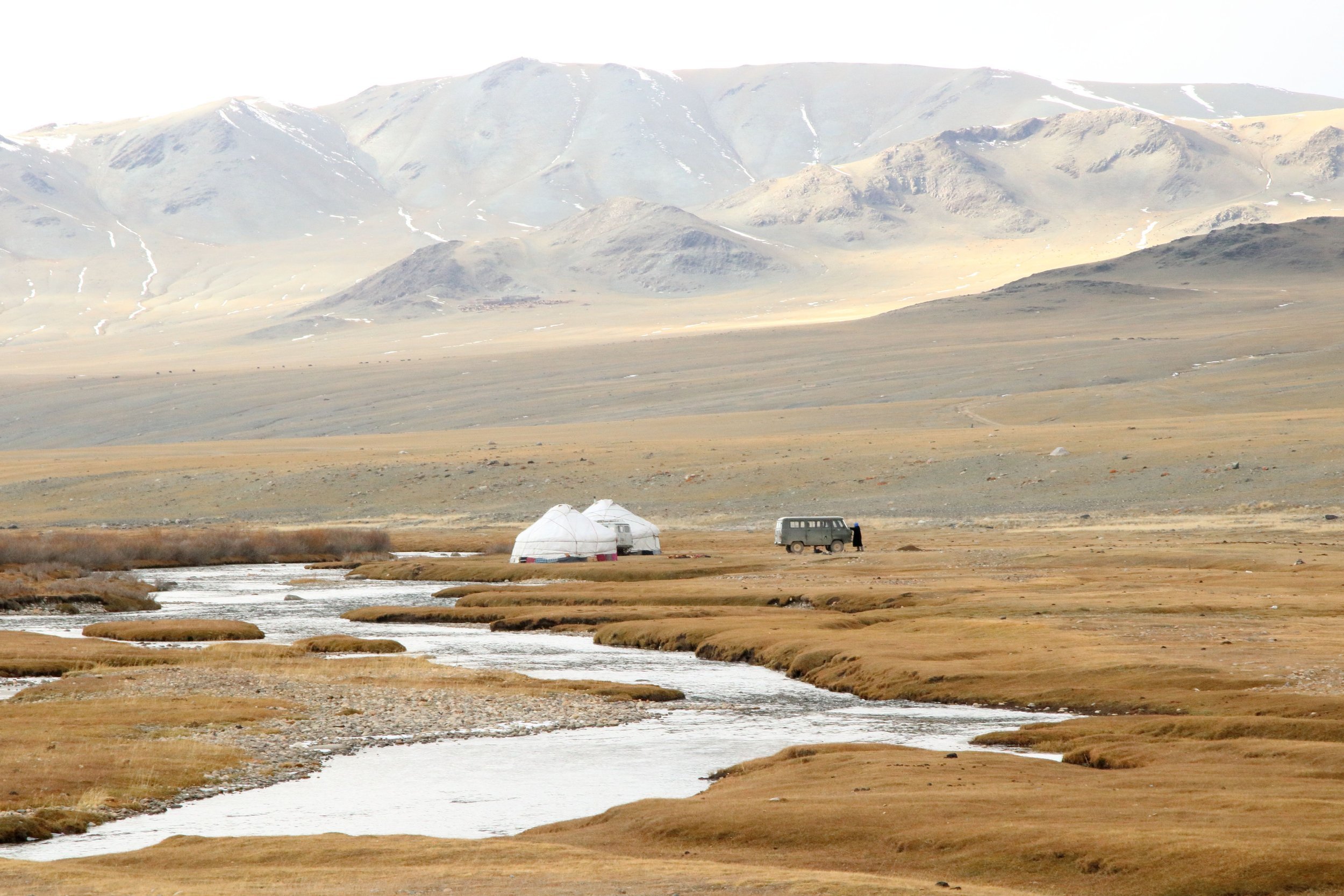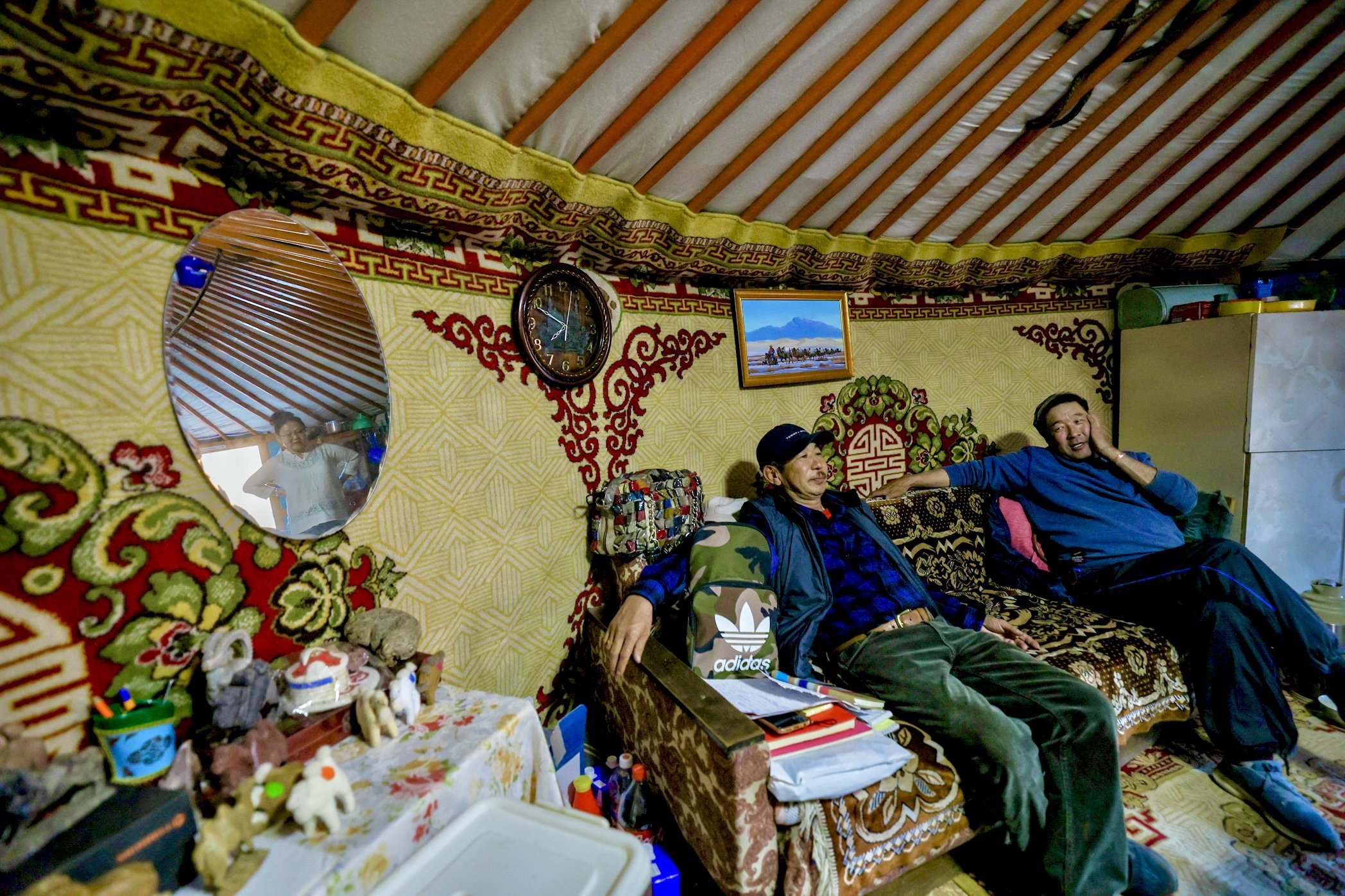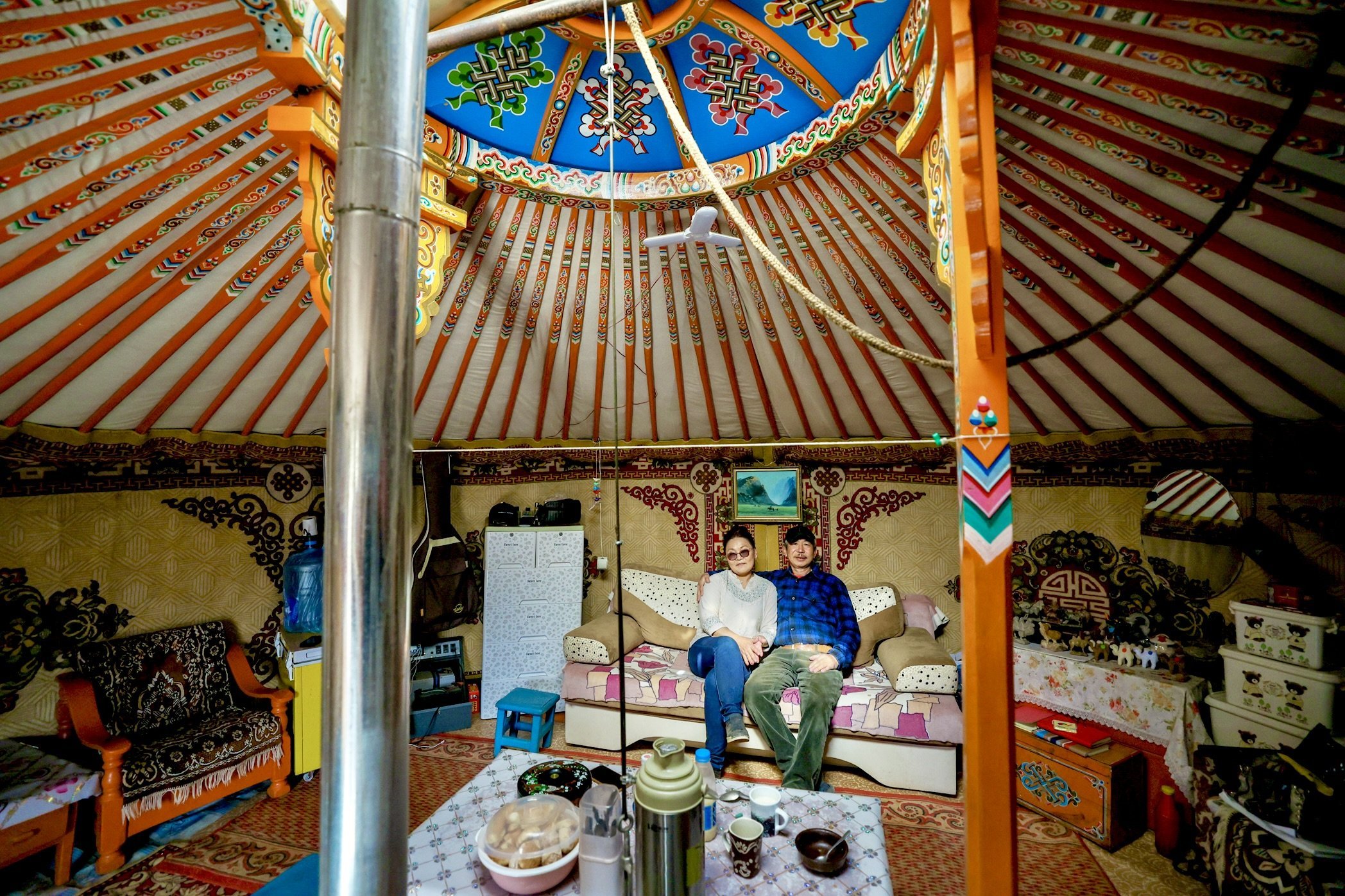Bayan-Ölgii: The Gates to Kazakh Mongolia
“Salam!”
The first word your driver greets you with as you land at Olgii Airport in West Mongolia.
“Salam? Not Sain Baina Uu?” You are stunned. Your face in disbelief, eyes are in shock. Weeks of researching and studying Mongolian culture only to be greeted in an entirely different language.
There is something special here in Bayan-Ölgii, West Mongolia. A region with two diverse cultures, intertwined yet living harmoniously. Captivated by what you’ve just found out, you hop in excitement, and the amount of endless questions pops in your curious mind as you seek answers from your local guide.
Your local guide isn’t the only one with the answers, even he/she feels like a tourist when visiting West Mongolia! Keep on reading as we uncover what makes Ölgii unique!
The People & Their Language
The majority of the citizens in Bayan-Ölgii are Muslims. It is the country’s only Muslim and Kazakh majority aimag. Situated in the extreme West of Mongolia, it is along the borders of Kazakhstan. In the early 1800’s, the ever expanding Russian Empire (north of Mongolia) pushed nomadic Kazakh tribes into neighbouring regions such as Bayan-Ölgii. Under Stalin’s regime, more Kazakhs fled the communist-controlled Kazakhstan. Throughout the decades, those that fled find themselves residing in the isolated Altai Mountains, where they band together to form a tightly knitted community.
The ethnic groups who call Bayan-Ölgii home consist of the Kazakh, Khalkh, Durvud, Uriankhai and Tuva. Unlike the rest of Mongolia, which practises Tibetan Buddhism, about 90% of the ethnic groups are born and raised as Muslims. The remaining 10% are mostly obscure minority groups.
If you’re lucky, during the month that you’re travelling to Bayan-Ölgii, you may get the opportunity to watch a live Kazakhstan Cultural Show! Performing at the National Theatre, they will perform traditional folk dances and sing tunes to commemorate the prestigious Golden Eagle Hunting Festival that happens once a year in October!
The citizens of Bayan-Ölgii speak Kazakh and Mongolian is considered to be a second language. With that said, don’t be too disheartened if you find yourself perfecting simple conversational Mongolian prior to your trip (you can always practice it on future trips in other parts of Mongolia, time to plan the next one!) But not too worry, on every corner there is bound to be someone nearby who speaks basic Mongolian.
Welcoming You with Open Arms
The Kazakhs are known to be hospitable. Their generosity towards their guests are accompanied by their warmth and attentiveness to detail. Our guide shared with us a Kazakh saying “Konak keldi – irisyn ala keldi” which translates to “The guest comes and brings happiness to the home!” And indeed it brought a smile to our faces!
If you aren't smiling from ear to ear, you’ve yet to fully taste what Kazakh families have to offer! Step into a local Kazakh family’s home on your trip, and watch the dining table transform from end to end just for guests! You’ll gasp in surprise seeing the abundance of food being laid in front of you. It is a tradition for Kazakhs to ensure that the table is entirely filled up for their guests.
In the centre, the family serves a mountain of puffy fried bread, also known as baursak. Around it, bowls with different variations of dairy products are prepared, freshly produced from their yaks - Yak Cheese, Dried Yoghurt, Yak Butter. They pair very well with the bread. That’s not all! For those with a sweet tooth, indulge in the assorted Kazakh candies and chocolates (prepare a bag or two to keep them as snacks for the long journey ahead!) Be warned, you may want to sort an appointment out with your dentist when you fly back to Singapore!
Oh, did I mention? This was just the appetiser. You have to make ample space for what’s to come afterwards! Lucky you, during your expedition in West Mongolia, you’ll get to taste two different kinds of meat platter - Kazakh and Mongolian style. They are both similar; offering both horse or lamb meat, served with potatoes and carrots, but what sets them apart is the cooking style.
The Kazakhs prepare their meat platter, also known as Beshbarmak, by boiling the meat (Check out this Youtube Video to see how Beshbarmak is prepared and served). Beshbarmak, which literally means “five fingers”, in reference to how nomadic people traditionally eat the dish using their hands. The Mongolians, on the other hand, barbecue their meat, also known as Khorkhog, by sealing a pot filled with heated rocks to produce the most succulent feast (Check out this YouTube Video to see how Mongolians prepare Khorkhog for their guest). The best of both worlds for travellers heading to the Wild West of Mongolia!
A Look Into Kazakh Gers
Gers/Yurts are symbols that represent a way of life for nomadic families. The Kazakh gers in West Mongolia shape their tradition, culture and heritage. The differences in the gers are evident and over the years, it has shaped their own unique characteristics. Despite being different from Mongolian gers, they have similarities in terms of their overall functionalities. They serve the same purpose - built to accommodate nomadic lifestyles. As nomadic life can be considered harsh due to the weather conditions, the gers have to be portable, versatile and resistant to the ever changing conditions.
The obvious difference you would notice is the size of the ger (first photo; Mongolian Ger (left) Kazakh Ger (right)). The Kazakh gers (fourth photo) are hemispherical-shaped instead of coned, making it wider, taller and more spacious than Mongolian gers. The structure of it is also different in terms of its support. A typical Mongolian ger (third photo) has two columns (or pillars) to hold the ger together, whereas a Kazakh ger has only one pillar, also known as “yuk or uuk” in the middle for support. The walls of the gers are also felted with fabrics of bright colours. Amazing hand-woven tapestries seal in the warmth and give the ger a beautiful colourful decor, different from what you would see in a Mongolian ger.
We’ve shared enough, we don’t want to spoil the entire trip for you. There is so much more about Bayan-Ölgii that makes it unique and interesting, even the eateries! (we’ll share some that you should look out for right below) Who knows you may find out a thing or two that we’ve missed out on! The Gates of Kazakh Mongolia awaits you and you’re in for a huge surprise!
THE BEST RESTAURANTS AND CAFE TO CHECK OUT
These are some of the highly-rated eatery spots you may want to dine at during your time in Bayan-Ölgii:
Pamukkale Turkish Restaurant:
https://discover-bayanolgii.com/pamukkale-turkish-restaurant/
Opened since 2005, it is an Authentic Turkish Restaurant that serves both Turkish and Mongolian cuisine. For those who have yet to try different variations of horse meat, this is the spot!
Arvin Restaurant and Coffee & Book Shop:
https://discover-bayanolgii.com/arvin-restaurant-coffee-books/
Serving Mongolian cuisine on the first floor, the second floor is a quaint cosy spot for those that want to read and sip some delicious hot coffee.
Pamuk Coffee & Tea Shop:
For those with a sweet tooth, this cafe is the place to be. With a wide range of assorted sweet treats, smoothies and milkshakes, you’ll be craving for second rounds!
Article Written By: Dzul
Beyond Expeditions’ Adventure Content Writer since June 2022 and pursuing his Communications Degree in Singapore University of Social Science. He hopes to continue his knack for travel writing, sharing stories in hopes of inspiring the travel bug in his readers. He dabbles in photography on the sides and wants to incorporate beautiful visuals in his storytelling. A true fan of the outdoors, his thirst for adventure is second to none!


